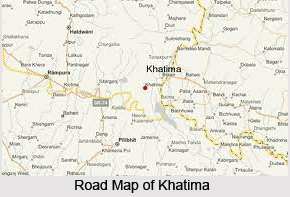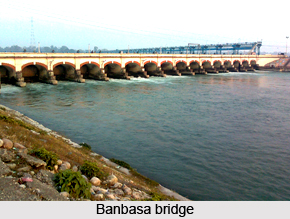 Khatima is a small business hub of Uttarakhand. Nestled at the district of Udham Singh Nagar district in the state of Uttarakhand, Khatima has a total population of 30,360
Khatima is a small business hub of Uttarakhand. Nestled at the district of Udham Singh Nagar district in the state of Uttarakhand, Khatima has a total population of 30,360
Following the tradition of the vast continent of India, quite a handful of cities and towns have thronged in the state of Uttarakhand as well. Amongst them a special mentioning may be made of Khatima. In fact Khatima is an example of a town and is situated in the district of Udham Singh Nagar of the same Indian state. Also a municipal board has been duly set up so that the administration of this Khatima town can be properly supervised.
For identifying a place it become imperative for a person to get first hand knowledge and acquaintance about the demographical scenario of the concerned town. For fulfilling this target of getting information a multitude of demographers of India are working hard so that some light can be inferred about Khatima town`s demography. In this regard, the Census report of India that has been issued forth in the year 2001 is worth mentioning.
The literacy rate of India is the perfect index for counting the development of any town or place. As far as the Khatima town is concerned, its average literacy rate has higher percentage than that of the entire nation, thereby leading one to conclude that Khatima town is more or less developed. 66 percent is the average literacy rate of Khatima town.
 The average literacy rate of India showed accounting of 59.5 percent. Moreover if one wishes one can even get familiar with the literacy status of females and males and that too on individual basis. To be specific the female literacy rate constitutes of 58 percent. Just like many other place in Khatima also the male literacy rate is more than that of females. It has been measured to be 73 percent.
The average literacy rate of India showed accounting of 59.5 percent. Moreover if one wishes one can even get familiar with the literacy status of females and males and that too on individual basis. To be specific the female literacy rate constitutes of 58 percent. Just like many other place in Khatima also the male literacy rate is more than that of females. It has been measured to be 73 percent.
Khatima is situated on the India-Nepal border, thereby establishing connection with the other provinces via roads and rails. Instances can be cited. From here any one can commute to Delhi and Nainital. By roadway, it takes nearly eight hours from Delhi and also four hours from `Nainital hill station`. Another attraction of this Khatima town is the hydel powerhouse, situated `at Lohiahead on river Sharda`. The plant bears a `capacity of 41.4 MW`.
In Khatima, Hindi language and Kumaoni language (Pahari language) are widely spoken languages As far as the climate of this Khatima town is concerned, people enjoy sultry summer and chilled winter. Thus at the time of summer season, mercury rises to near about 35 degree Celsius in summer. However at winter temperature drops to the level of 7 degree Celsius also. Fog is a common occurrence during winter in Khatima.



















